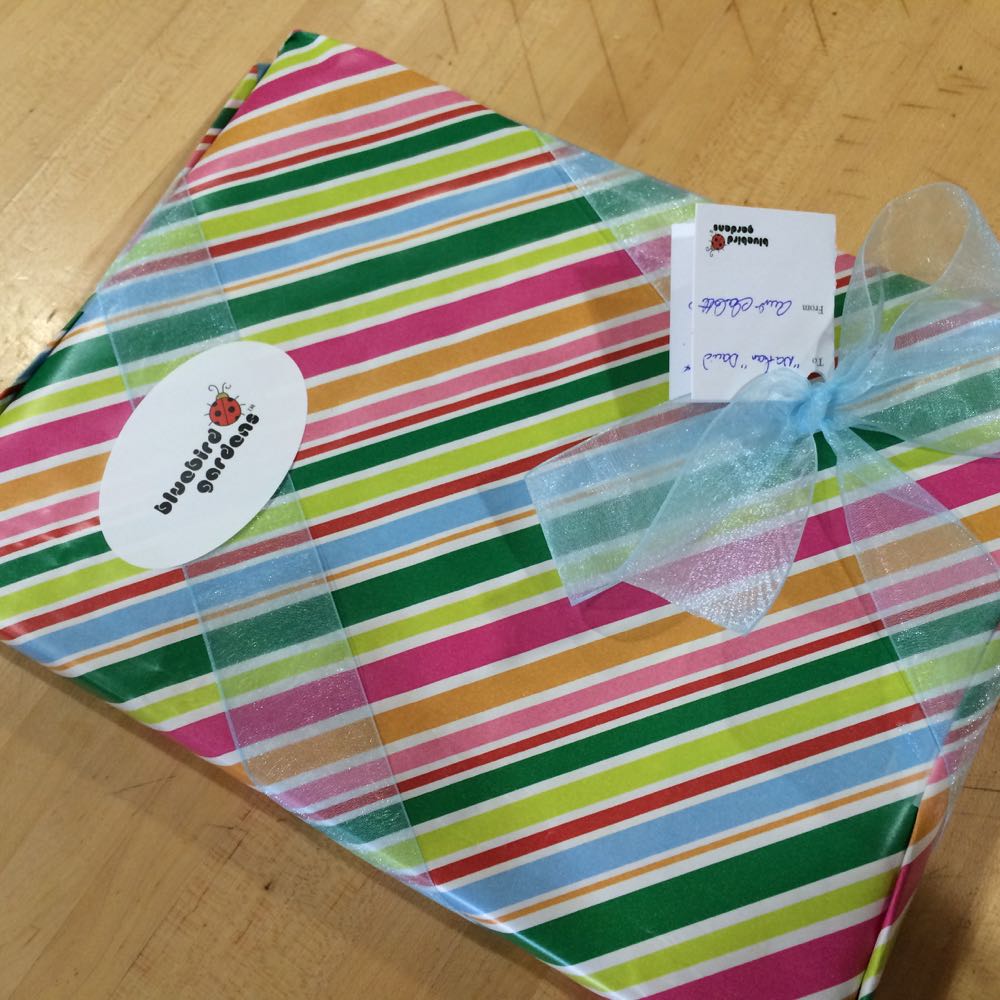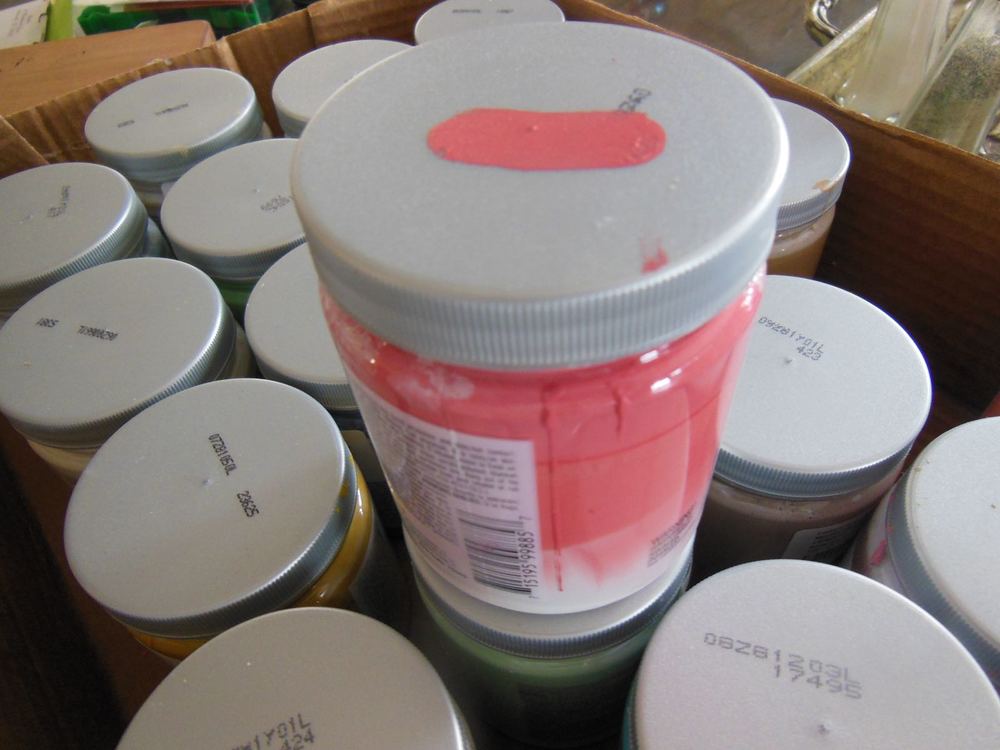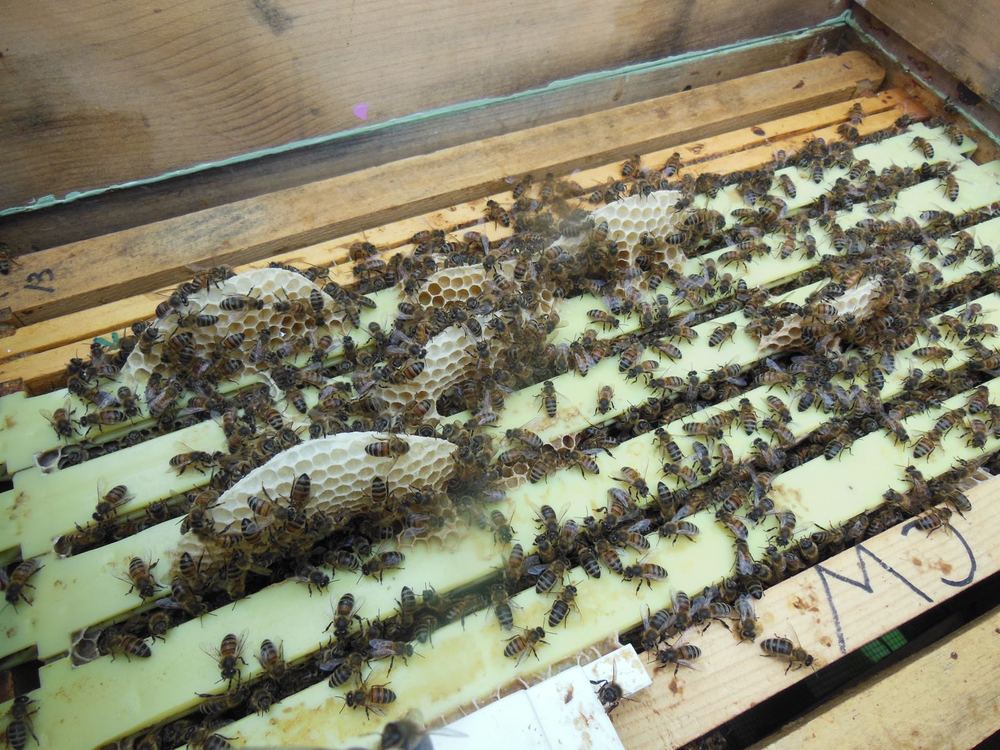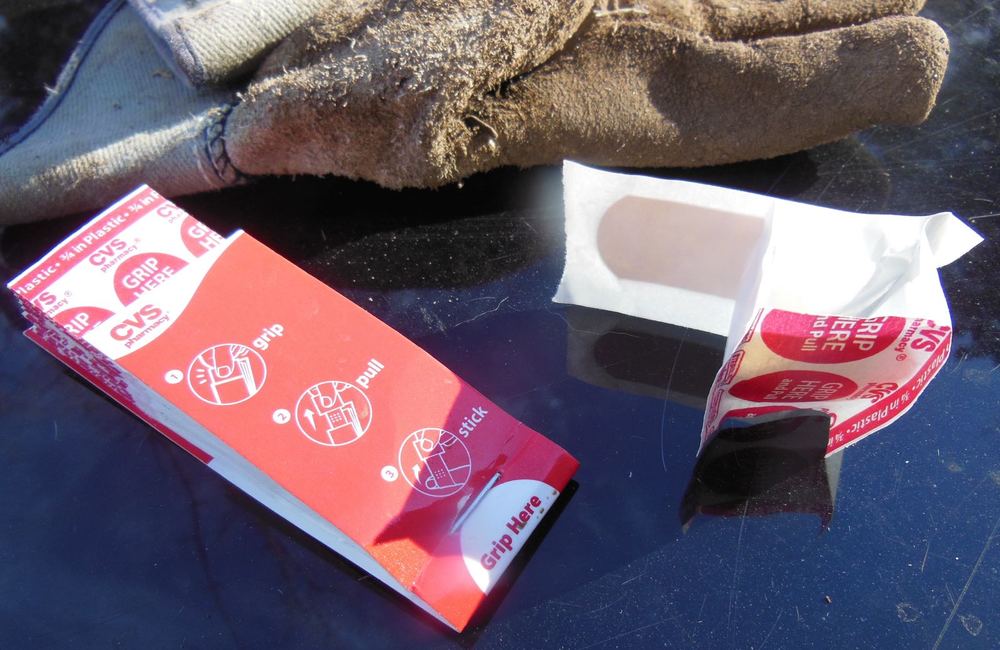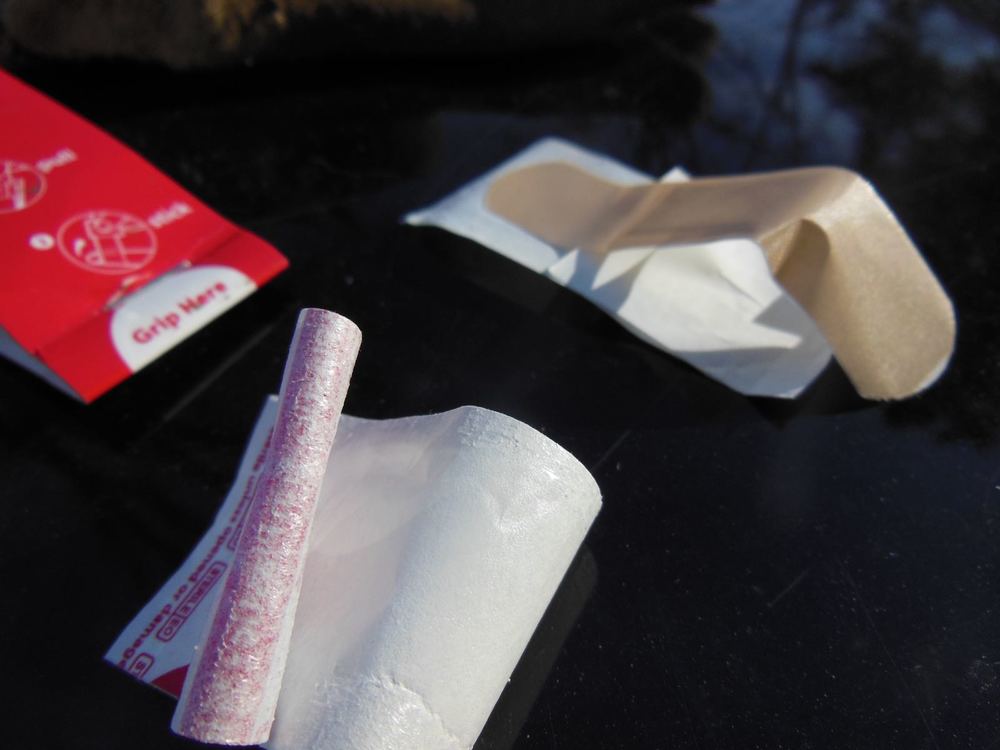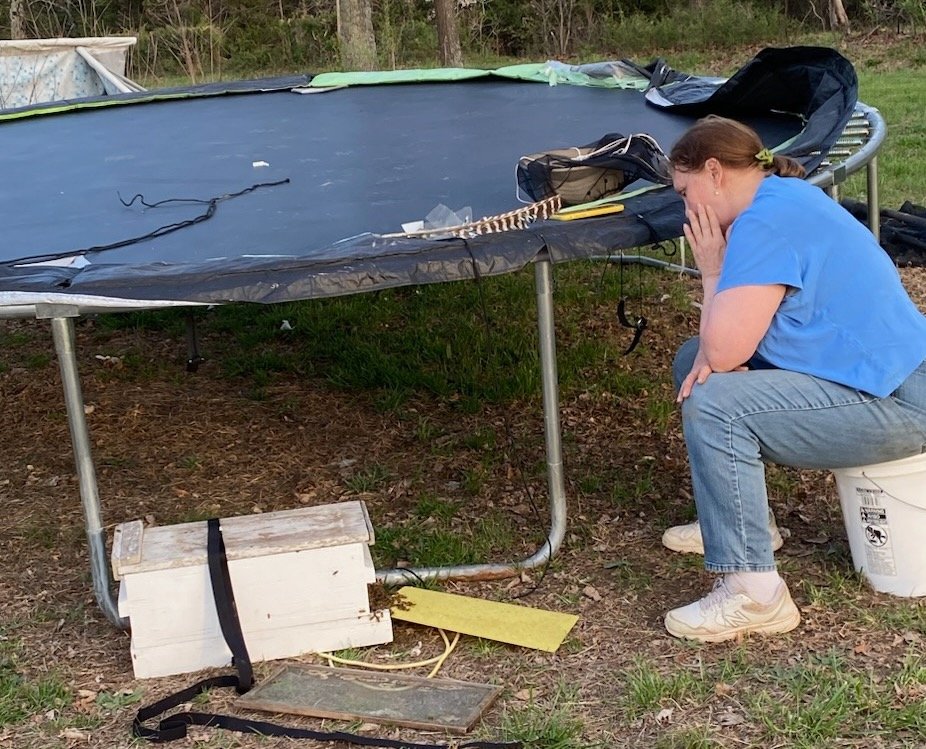Burned Out Smoker
/Burned Out Smoker
Even experienced beekeepers will tell you one of the hardest skills to develop as a beekeeper is keeping one's smoker going.
A smoker is a soup-can like shape with a lid and bellows attached to keep the small fire inside going as beekeepers inspect their hives. One theory is the smoke keeps bees busy gorging on honey to escape the hive. Another theory is that the smoke calms the bees. Regardless of theories, smoke does move bees out of an area.
I inherited a very old smoker when I started keeping bees in 2010. The smoker was part of several pieces of used equipment I purchased from a local commercial beekeeper. No skep, as I had initially thought I would get, but he did "throw in" the used smoker. Although the smoker had seen better days, I didn't have the heart to give it up. It was my first smoker, who doesn't think of their first one as being special!
Keeping the fire going inside the soup can is an art form. After trying a number of items, from pinecones and dry mulch to newspapers and twine, I found it worked best as long as I could use pine needles and had the patience to get it properly started.
Once a fire is taking off, it helps to tilt the smoker to one side and gently puff oxygen through it. Not too much, just enough to keep the fire going so smoke getd produced and some embers get formed at the bottom.
Recently I was cleaning out the old smoker and noticed that the little metal table at the bottom, which allows oxygen to circulate, has a hole burned through it. When it cooled off enough for me to remove it, the little circle also appeared to be loosing a couple of legs so soon the grate surface won't give the bottom of the smoker enough clearance for oxygen.
Guess it may be time to put a smoker on my Christmas list.
What do you use to keep your smoker going?
Charlotte



